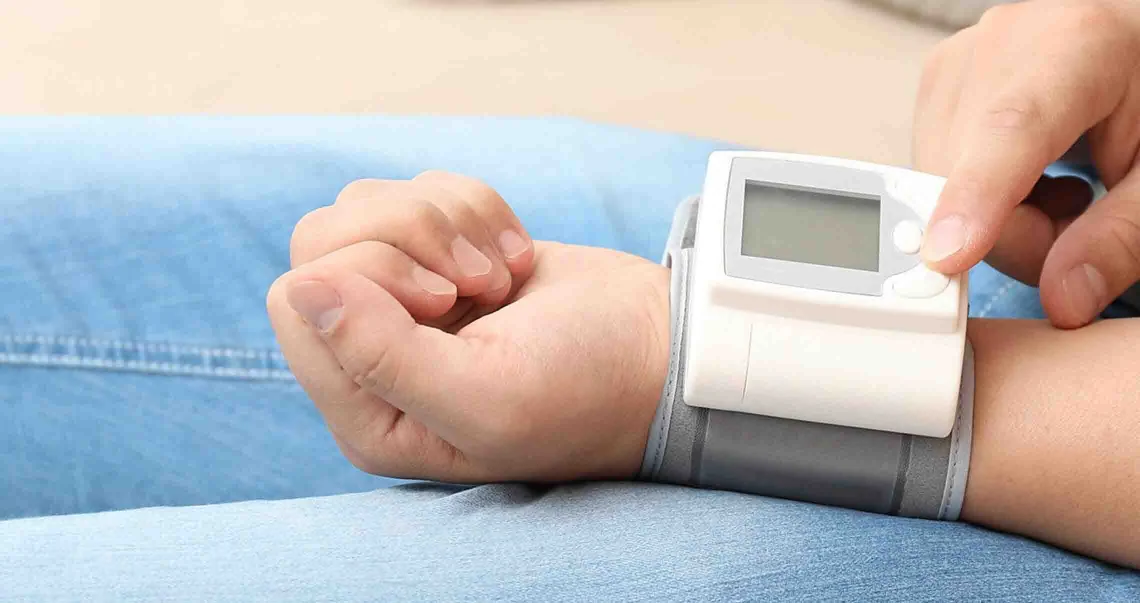Digital banking for business
Seamlessly access all of your accounts from one place with First Citizens Digital Banking for business.
The constant influx of new technology changes the way we engage healthcare. It's given providers access to more data they can use to improve outcomes and empower patients to be more proactive about their health. Even with these benefits, medical device security remains an ongoing concern.

Protecting patient health information is critical. A data breach can compromise patients' trust and your organization's reputation. It can also lead to serious financial and legal risks. Fortunately, providers, medical practices and hospitals can implement risk mitigation strategies to prevent cybercriminals from hacking medical devices.
Healthcare organizations are prime targets for hackers because of the amount of personally identifiable information they collect. The healthcare industry recently saw a 755% increase in cybersecurity attacks against connected smart devices.
Cybercriminals can compromise medical devices in several ways. Defective software can become an entryway into systems and allow access to private information. They may also be able to exploit vulnerabilities in software that hasn't been updated or isn't protected by strong passwords.
Mobile health devices are particularly vulnerable because hackers can use wireless technology to gain access to patient data. Bluetooth and wireless connection security breaches are common, leaving back doors open for malicious agents to enter. Portable medical devices that are lost or stolen also can lead to security breaches.
Compliance with US laws and regulatory requirements is integral to device security. Medical device manufacturers are encouraged to integrate cybersecurity considerations from the ground up. The laws and regulations, however, don't fully prevent connected medical devices from being vulnerable. It's up to your medical business's IT team and security protocols to ensure these devices stay protected against new threats.
To implement effective medical device security, educate patients and take steps internally to build a stronger cybersecurity program and culture.
Patients can play an active role in keeping their information safe, especially if they're using portable medical devices or mobile health apps on their smartphones. As a provider, you and your staff can share information that increases their cybersecurity awareness.
Along with educating patients, your organization can follow several best practices to prevent cybercriminals from hacking medical devices.
By taking these steps, you can protect patient data, reduce your practice's financial risk and continue to leverage technology to deliver even better care.
Email Us
Please select the option that best matches your needs.
Customers with account-related questions who aren't enrolled in Digital Banking or who would prefer to talk with someone can call us directly.